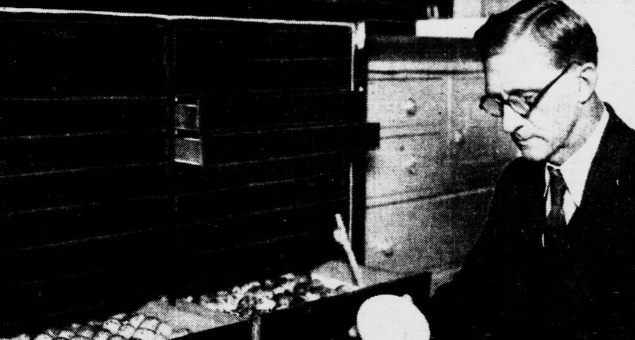
People have always had a tendency to collect things. In the past, men might collect stamps and women would turn to decorated handkerchiefs. Then there were those odd people who had to find something truly unique to collect.
Death Masks
Laurence Hutton had a hobby like no other. He began collecting death masks in the 1860s and by 1892 he had a total of 60 death masks made from the faces of the time’s most notable people.
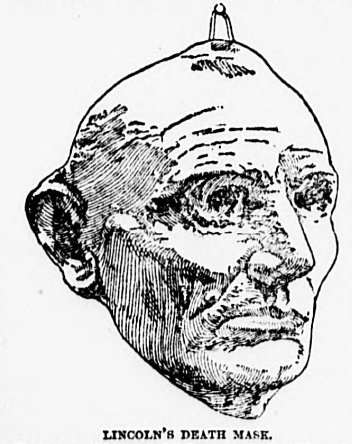
His strange collection began when he was rummaging through a curiosity shop and uncovered two death masks. He bought them and quickly decided he would start a full collection of them.

He not only collected ready made death masks, but also took part in having death masks made of his acquaintances after they died.
The process for making the death masks was rather interesting. According to one early account:
“The face of the dead is covered first with an oily mixture. Then a thin silken cord is run down over the front of the face between the eyes, over the nose and mouth to the chin. Next the soft plaster is put on over the face in a thin layer, conforming itself to all the features and indentations. When it has begun to harden, the silken cord is pulled through, cutting a line down the middle, and the mold is complete. When the plaster has become thoroughly rigid the mold is removed and from it the masks are taken. Then the mould is destroyed.”
Fake Sideshow Freaks
In 1899, a traveling sideshow man was down on his luck in Kansas. He made a stop at Thomas Harmer’s hardware store and asked the merchant to watch over his exhibit items. Mr. Harmer agreed to house the large crate of items, but after a few weeks, the traveling sideshow man did not return and Mr. Harmer was bursting with curiosity. When he could stand it no longer, he opened the crate and discovered that he was the proud owner of an ossified man, a body of a child, mummified, who had horns on his head and the legs of a calf, and he also uncovered the body of a small mermaid.

Mr. Harmer called in all his neighbors to show off his new collection of fake sideshow freaks. He even welcomed several doctors to come and take a look. Incredibly, the doctors all agreed that the bodies were genuine and that these curiosities were simply freaks of nature.
Bird Eggs
When Edward Court was a mere 8-years-old, he climbed a tree and discovered a nest containing three eggs. He took the eggs to his grandfather who showed him how to blow the yolk from the egg without damaging the delicate shell.
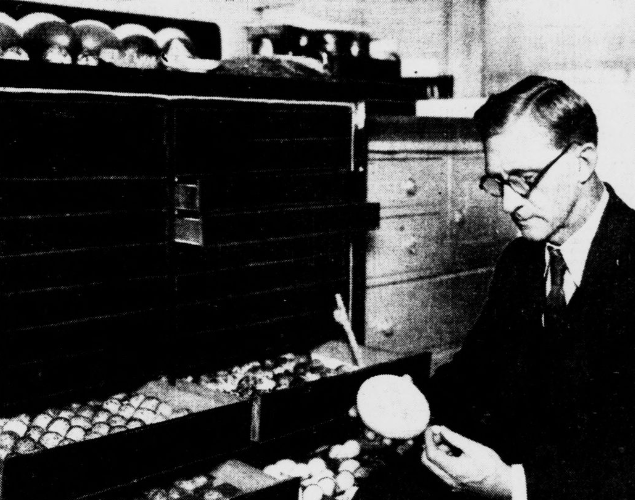
For the next 50 years, Edward continued to collect birds’ eggs. In 1935 it was reported that he collected over 30,000 eggs belonging to 312 different species of North American birds. In spite of the large number of eggs in his collection, he was considered an amateur in the sport of egg hunting.
Hangman’s Nooses
In 1905, it was reported that a Colorado warden had begun collecting hangman’s nooses. He had been gifted three nooses, each of which hung a criminal, and was anticipating more nooses to come.
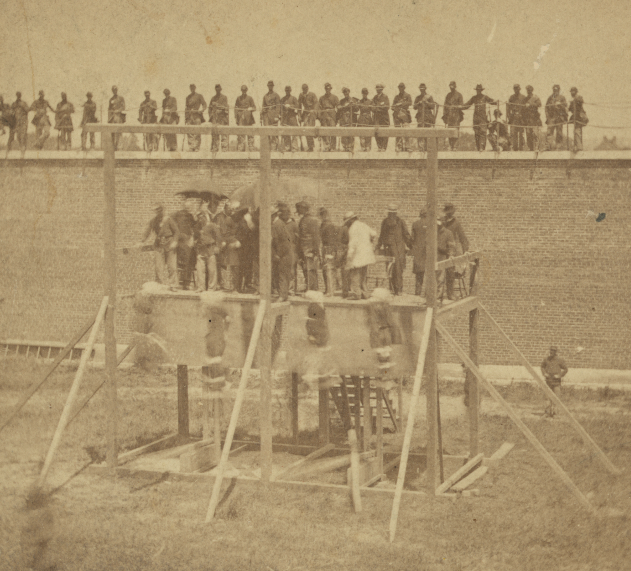
A collection of nooses was nothing new, however. In 1884, a traveller remarked that he had met a man in England who had over 200 hangman’s ropes. Each rope was tagged with the name of the criminal who was hung with the rope.
Freaky Photos
In the early 1900s, people enjoyed collecting photographs of other people. Some people collected photographs of sideshow freaks, while, in 1909, the trend was to collect “freak” photos of a different sort.
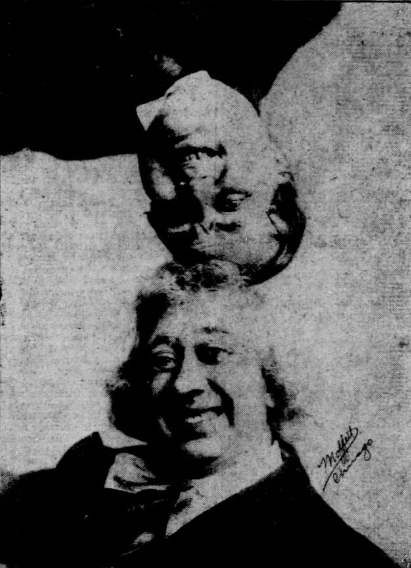
It started off as a trend in Paris, France, but quickly came to the United States. Photographers began taking and selling photos of visual tricks. For example, one popular photograph showed a woman holding her head in her hand as if it was a carrying basket.

Another photo showed a man holding his head, as if he were Hamlet holding the skull of Yorick. Yet another photo showed a young man in a coffin, smoking a cigarette and listening in on his own funeral. Silly photos, such as the one shown here, were also popular freak photos.

